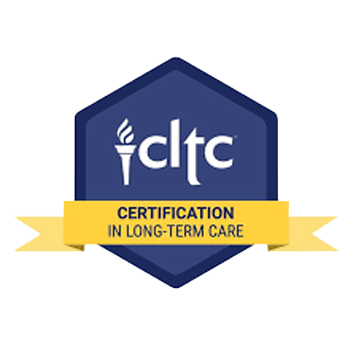According to a 2024 LIMRA study, only 19% of American adults own long-term care insurance. Why when the risk is high and the cost is expensive?
We all have auto insurance. Of course, it’s mandated by most states. Consider the risk. Auto claims – autos to policies — run 4.2% annually. And replacing your car is nowhere near as expensive as paying for long-term care, unless of course you are driving a Lamborghini Revuelto.
Consider The Risk
I’ve long thought that LTCI is viewed by many consumers as a discretionary expense. But consider the risk. The government projections for decades have been that by the time we reach age 65 that 70% of us will experience a long-term care event. That’s a pretty high-risk level compared to auto insurance. (Homeowners risk rate is 5.5% — claims to policies.) But many have a different view when it comes to LTC, which has a very high-risk ratio.
“But I may never need it,” is a lament I hear frequently. It’s insurance. The goal is never to need it. But have it if you need it.
Here’s an exercise that you may find enlightening:
- Check out the Kelley Blue Book value of your vehicles. Then divide the cost of your auto insurance annual premium by the dollar value of your vehicles.
- Now do the same for LTCI. For this example, use $4000 per year per person for a LTCI premium. Then divide the $4000 by the value of your assets.
- Compare the two ratios. I’ll wager the ratios are not even close. And the potential loss of your assets and income is much more significant.
Let’s Put Perspective On Self-Funding
Today, the national median cost of six hours of home care per day is just under $78k annually. And that’s for one individual. Sixty percent of LTC claims last longer than one year and the average duration of those claims is 4.3 years. Now let’s assume that the individual needs care for four years and costs increase by 4% annually. Now you are looking at over $344k.
Where Will The Funds Come From?
How will the cost impact the family’s standard of living? What are the tax consequences? And, if self-funding, you are on your own for designing a plan of care and finding qualified caregivers.
According to the latest “Congressional Report Research Service 2022: Who Pays for Long-Term Services and Supports,” only 8% of the cost of LTC is paid by private insurance. And 13% is self-funded. I sometimes wonder if self-funding may be the result of no planning or spending-down to qualify for Medicaid.
Results from a 2008 survey conducted by Genworth Financial, still the largest long-term care insurance carrier in our country, reported that two-thirds of people surveyed were waiting for someone else to start the conversation about long-term care planning.
Not Much Has Changed
More recently, John Hancock, the second largest carrier, reported that 67% of its survey respondents thought it important that their financial advisor initiate a conversation about long-term care issues and suggest possible solutions.
Will you be the someone else? Don’t know how to start the conversation? Check out “Your Conversation Starter Guide.”
Long-term care expense planning is all we do. Contact us today to get started.




